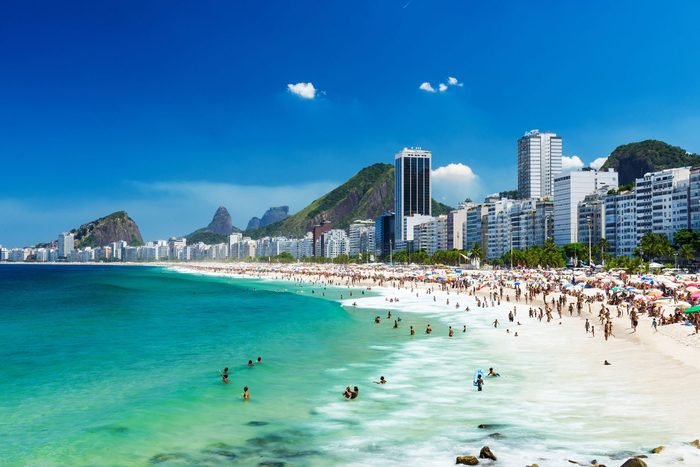
1. Praia de Copacabana, Rio de Janeiro
One of Rio’s most celebrated beaches, Copacabana stretches from the Morro do Leme hill in the northeast to the Arpoador rocks in the southwest. It is a year-round tourist hub, famed for its incredible New Year’s Eve celebrations. Until the construction of a tunnel connecting the area with Botafogo in 1892, Copacabana was an unspoilt bay with picturesque dunes. The introduction of trams in the early 20th century made the area fashionable, and by the time the Copacabana Palace was built, the neighbourhood had more than 30,000 residents. Today, it is one of the most densely populated areas in the world.
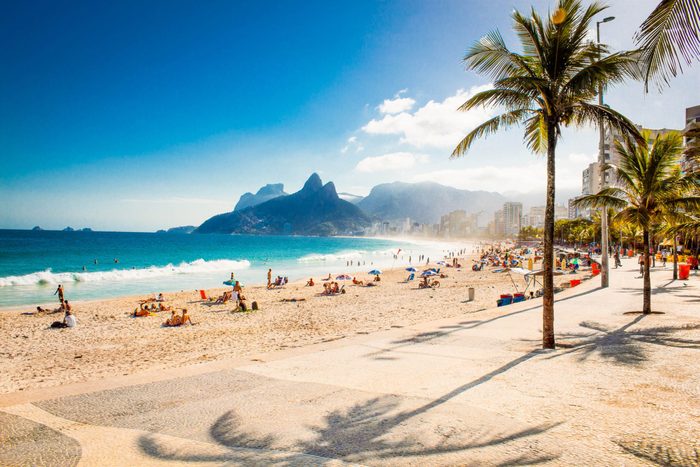
2. Ipanema and Leblon, Rio de Janeiro
Urban Rio’s most beautiful, fashionable and secure beaches – Ipanema and its extension farther south, Leblon – offer a wealth of different beachside activities, from sunbathing to keeping in shape. Most tourists made their base at two of Rio’s wealthiest neighbourhoods located behind the beaches (also called Ipanema and Leblon), where chic boutiques and glamorous restaurants line the narrow streets. Although the city center is 9 miles (15 km) away, neighbouring Copacabana, as well as the Jardim Botanico, Corcovado and Gavea, are easily accessible from here.
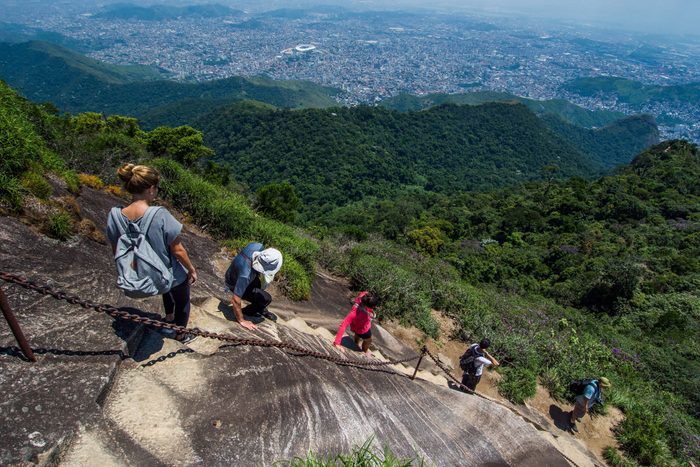
3. Parque Nacional da Tijuca, Rio de Janeiro
This stunning park contains the lush Floresta da Tijuca, one of the world’s largest urban forests, which carpets the hills and coastal mountains that cut through the center of the city. It also features the dramatic Serra de Carioca (Carioca Mountains), the awe-inspiring monolith of Pedra de Gavea, and the Cristo Redentor statue, which looms over the city from the top of Corcovado. Home to countless species of plants, birds and mammals, as well as waterfalls and natural springs, this peaceful forest, which covers 15 sq miles, is a little piece of paradise.
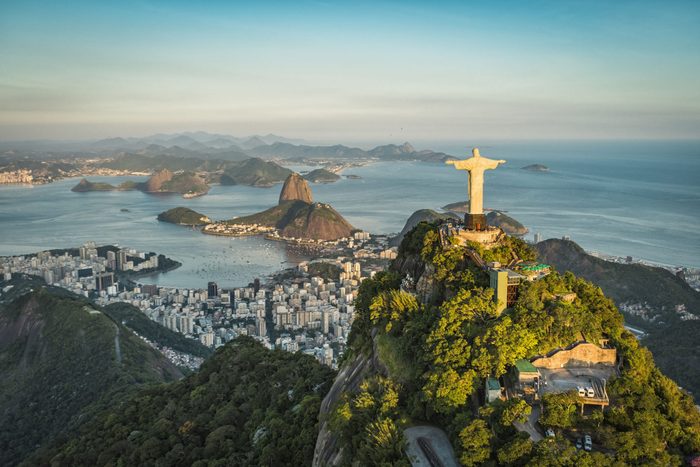
4. Corcovado, Rio de Janeiro
The iconic statue of Cristo Redentor (Christ the Redeemer) watches over Rio de Janeiro from atop the 2,316-ft. high Corcovado, a mountain that derives its name from the Portuguese word corcova (hunchback), which reflects its shape. The winning design in a competition for a grand monument to represent the spirit of Rio de Janeiro, it was inaugurated in 1931 and has in its short lifetime come to symbolize Brazil. The journey to Christ’s feet – through the charming streets of Cosme Velho neighbourhood and the beautiful tropical Parque National da Tijuca, or up the mountainside on the little funicular – is as rewarding as the panorama from the summit.
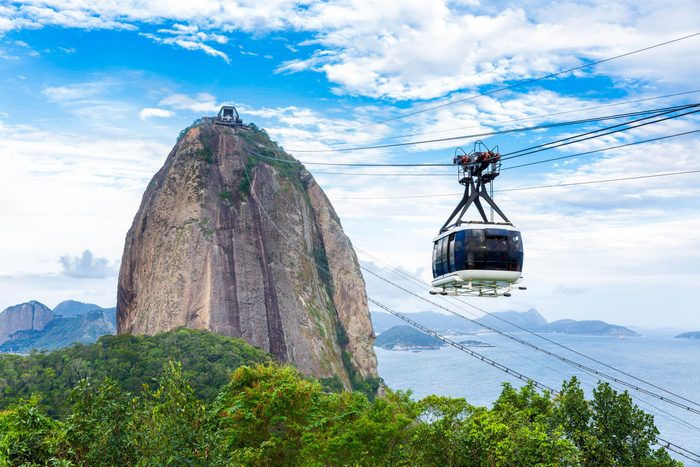
5. Sugar Loaf Mountain, Rio de Janeiro
Rio is a city of magnificent views and none are more breathtaking than those from the top of 1,312-ft. high granite and quart Pao de Acucar (Sugar Loaf) that sits at the mouth of Guanabara Bay. The mountain’s sides are shrouded in remnants of the forest that once covered the whole of Rio de Janeiro and which still provide refuge for marmosets, tanagers and numerous birds. These are a common sight on the trails that run around the monolith’s summit. Come early in the day or right after it has rained for the clearest air and best views from both the Sugar Loaf and its equally impressive monolithic neighbor – Morro da Urca.
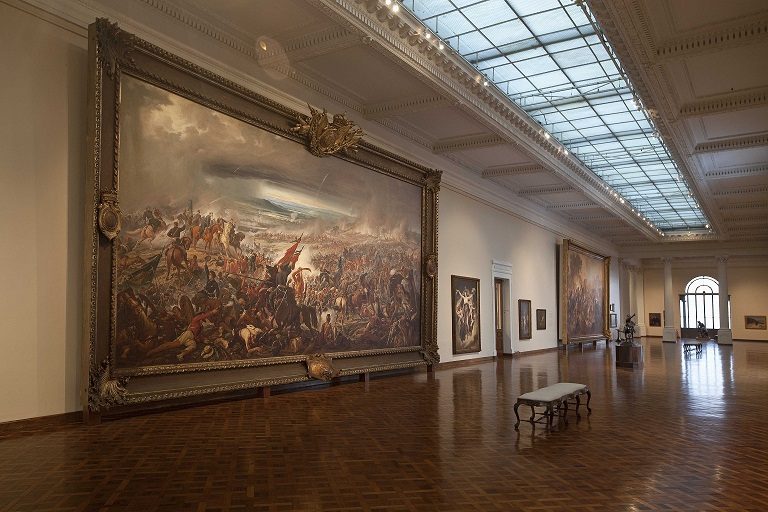
6. National Museum of Fine Arts, Rio de Janeiro
Housing the most comprehensive collection of Brazilian art in the country, the National Museum of Fine Arts was established in 1937 in the former Brazilian Academy of Fine Arts building. The architect responsible for the building, Adolfo Morales de Los Rios, was inspired by the Musee de Louvre in Paris, and the building echoes the French-inspired architecture that appears all over Rio de Janeiro. The museum’s collection comprises close to 20,000 pieces, including fine, decorative and popular art. The majority of works are Brazilian and date from the 17th to the 20th centuries. A small part of the collection is foreign and predominantly from Europe.
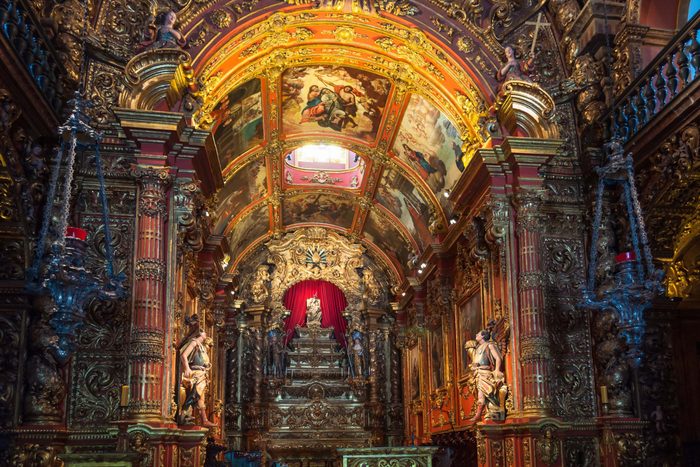
7. Mosteiro de Sao Bento, Rio de Janeiro
The Benedictines, the first religious order to firmly establish itself in Brazil, founded this magnificent hilltop monastery and church in 1590, just to the north of the city center. The church is dedicated to Our Lady of Montserrat, one of the black Madonnas of Europe, and boasts richly decorated interiors that date from the 18th century – the formative years of Brazilian Baroque. The elaborate interior of the church took almost 70 years to complete and was the life work of a series of artists, notably the Benedictine monk Frei Domingos da Conceição.
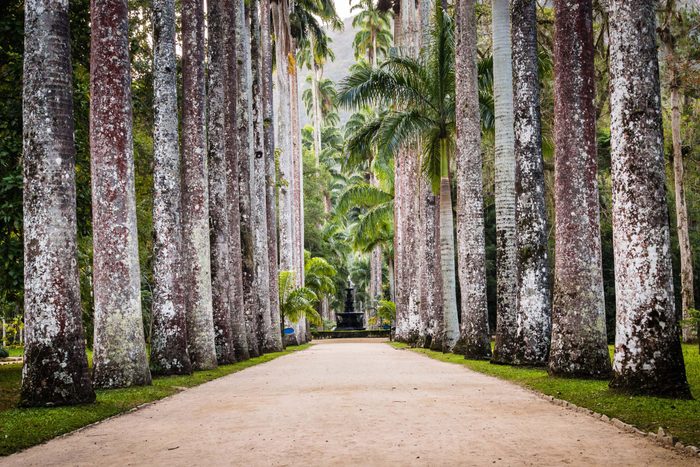
8. Jardim Botanico, Rio de Janeiro
Tucked away behind Lagoa Rodrigo de Freitas and Ipanema beach, Rio de Janeiro’s shady Jardim Botânico offers a haven for peace from the sweaty urban rush. Founded by Prince Regent Joao in 1808 as a temporary repository for imported plants to become acclimatized to the tropics, the gardens reserved for the aristocracy until they opened to the public after the Proclamation of the Republic in 1889. Plants are grouped in distinct areas linked together by gravel paths and interspersed with streams and waterfalls. The gardens have lent their name to the surrounding neighbourhood, which has some excellent restaurants, bars and clubs.
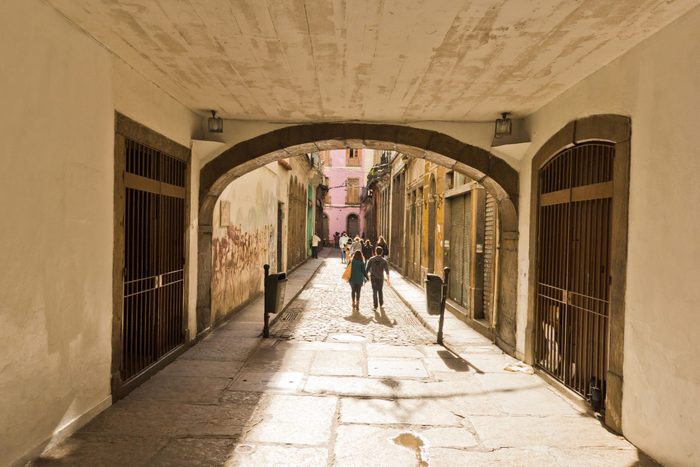
9. Praça XV, Rio de Janeiro
Praça XV was the first area to develop when the Minas Gerais gold rush in the 18th century transformed Rio de Janeiro from a scruffy port town into a wealthy city. The square became a trading center for imported goods, and trade still takes places here in the ramshackle market next to Rua 1 de Março. The historic heart of Rio, Praça XV witnessed the arrival of Portuguese Prince Regent Joao when he escaped Napoleon in 1808. It also served as the center of Brazil’s political power under the Portuguese. Today, Praça XV is dotted with historical buildings and streets. The restoration of the Paço Imperial in the 1980s has acted as a catalyst in bringing culture back to the city center.
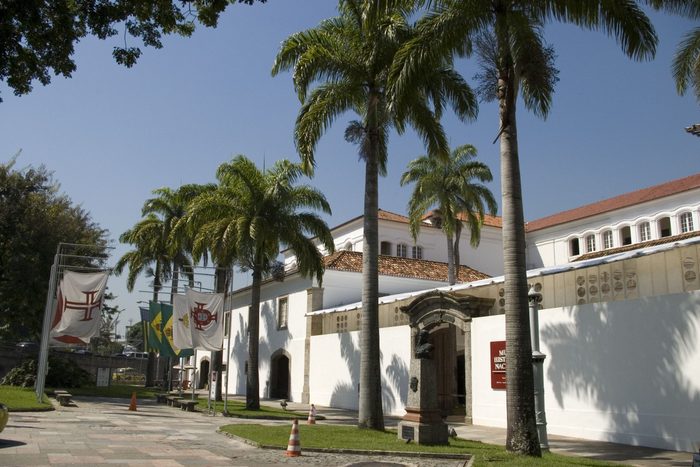
10. National Historical Museum, Rio de Janeiro
The largest and most interesting museum in Rio de Janeiro is devoted to the human history of Brazil dating from as far back as pre-Columbian times through to the 19th century. Exhibits include paintings, sculptures, photographs, maps and arms, as well as other historical artifacts. Galleries dedicated to the indigenous tribes of Brazil illustrate their way of lif. The colonial, imperial and republican eras are also well represented. Visitors can see a replica of the prehistoric rock paintings from the Serra da Capivara in the northeast of Brazil, claimed to be the oldest record of human presence in South America.
Related features:
10 Breathtaking Adventures in Rio de Janeiro
Top 10 Sexiest Places On The Planet
Travel Guide: The Best Beaches In Canada